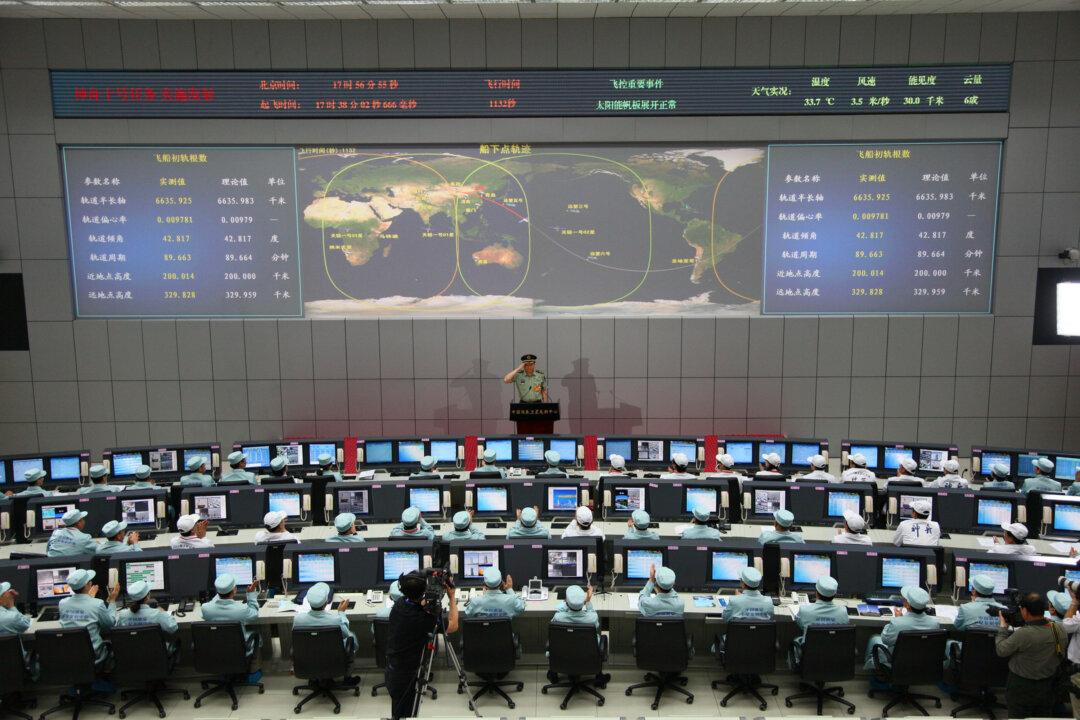News Analysis
China announced it will begin building megawatt-capable solar power stations in space by 2035, as it intends to displace the United States as the leading space power.

China announced it will begin building megawatt-capable solar power stations in space by 2035, as it intends to displace the United States as the leading space power.